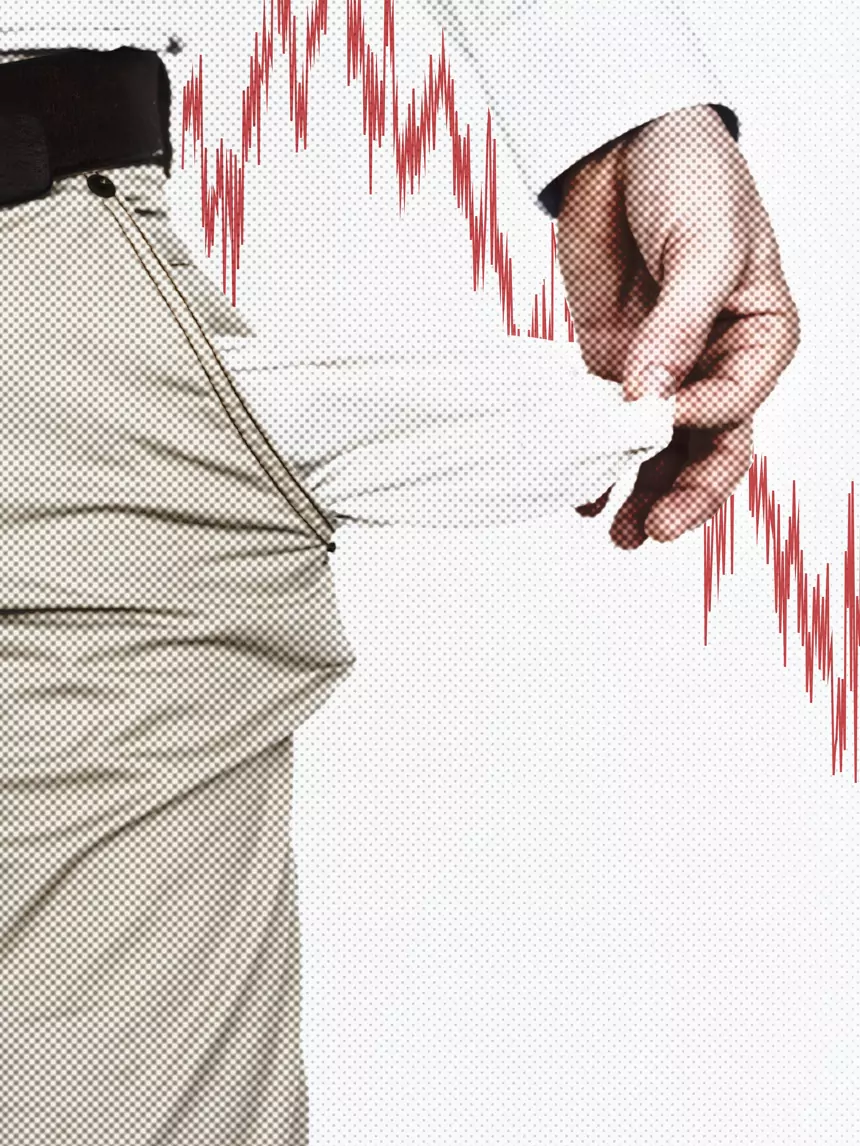Co-Founder Taliferro


Website Speed
Imagine encountering a sluggish website. Would you notice its tardiness? Would it color your perception of the brand as a whole? The answer is unequivocally yes. But did you know that this issue could also translate into financial losses for your business? It's true—your website's speed plays a pivotal role in how customers interact with your brand and whether they decide to make a purchase.
Users expect websites to load quickly and smoothly. They have little patience for delays and will swiftly abandon a site if they're forced to endure long loading times. To maintain user engagement and boost sales, your website must load within three seconds or less.
If your site consistently exhibits slow loading times, users will abandon it. This, in turn, leads to significant financial losses. According to a survey by Akamai Technologies Inc., encompassing two million e-commerce sites across North America and Europe, the average abandoned order rate stands at 1%. However, during peak periods, this figure soars to a staggering 7% for consumers facing slow page loading on their devices. Even more concerning, for transactions involving secure payment processing, the abandonment rate surges to an alarming 15%.
Negative Impact Of Sluggish Websites On SEO Efforts
Google has made its stance clear: it rewards fast websites. While Google's algorithm doesn't penalize slow sites, it redirects users away from them. Consequently, if your website operates at a sluggish pace and fails to appear on the first page of search results, your conversion rate is likely lower compared to competitors ranking higher in the search Engine Results Pages (SERPs).
The Influence Of Your Website's Speed On Brand Perception
The speed of your website goes beyond mere frustration caused by long loading times. It plays a pivotal role in how search engines perceive your brand and how users form their impressions of you.
According to Google, "Webmasters can significantly benefit from implementing performance best practices" as they reduce bounce rates, leading to longer user engagement and faster task completion.
Escalation In Abandonment Rates Due To Slow-Loading Websites
You may be unaware, but websites plagued by slow loading speeds result in financial losses. The Aberdeen Group reports that if a website takes longer than five seconds to load, 11% of users will abandon it. Even if you have outstanding products and offer exceptional services, your site's performance directly impacts your bottom line.
Moreover, besides losing potential customers who grow impatient with prolonged loading times, there's evidence suggesting that those who persevere may leave dissatisfied with their experience, reducing the likelihood of return visits. A study by WebPulse revealed that nearly half of online shoppers would seek alternative shopping destinations after encountering sluggish pages, translating into billions of dollars in lost revenue annually.
Sales And Conversions Eroded By Slow-Loading Websites
Users become frustrated and leave when faced with slow-loading websites. According to a survey by Akamai, the slowest websites experience average sales losses of $865 per second. Furthermore, research by Kissmetrics and Google demonstrates that websites loading in under three seconds yield more than twice the user engagement and conversions compared to those with longer load times. It's crucial to evaluate your website's performance on slower connections.
Your website must load quickly to thrive online. Google considers speed as a ranking factor, and users expect instant page loading. Slow-loading sites can result in financial losses, diminished brand perception, and lower SEO rankings. Ensuring swift website performance is essential for business success in the digital era.
Tyrone Showers
